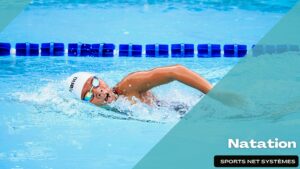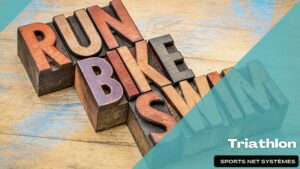WHEN TO USE DRILLS : -Because swimming drills are one of a swimmer’s best tools for practicing toward efficient swimming, they should be included in every swim session. They can be done as a part of warm-up to establish a foundation for the rest of the practice. They can be used within a set to remind the swimmer of the correct technique as they are working hard and might otherwise sacrifice quality for quantity. They can be used between sets to refocus the swimmer on the goal of swimming efficiently.
Swimming drills are also an excellent part of preparation for competition. As a part of taper, swimming drills provide the swimmer with quality swimming that is less intensive, so the swimmer can maintain a feel for the water while achieving overall recovery from training workload. On race day, drills are excellent as a part of warm-up, allowing the swimmer to practice ideal stroke actions as he or she focuses on the race to come.
During the off-season, a swimmer can use swimming drills almost exclusively to maintain conditioning and practice stroke economy and improve efficiency for the next season.
HOW TO USE DRILLS : -When practicing any swimming drill, it is very important to know the purpose of the drill. Just performing a drill is not enough. Doing a drill without understanding its purpose is empty swimming. Without understanding what the desired outcome of the drill is, a swimmer cannot get the full benefit out of practicing it. To be fully engaged, a swimmer must think about and feel both what is supposed to happen, and, what is happening in the drill.
As certain drills are designed to focus a swimmer’s practice on a very specific part of the stroke, it is important to concentrate on that particular point, and ignore the rest. For example, a certain drill for kicking may require the arms to be at the sides. This can make breathing difficult, and not at all like the breathing technique used in the complete stroke. But, in this drill, it is important to remember that breathing is not the point. Focusing on the breathing, rather than the kicking, defeats the purpose of the drill.
Likewise, a swimmer must know the correct sequence of the drill, and perform each step correctly. This is important to feel the full effect of the action being performed in the drill. Skipping a step reinforces incorrect technique, and can interfere with achieving the desired outcome. Sometimes, the skipped step is the very one that represents the problem area. Start by practicing each drill slowly. Many drills seem awkward at first, but like any new thing, they get better with practice. Spend time on each drill. Identify problems and make the needed modifications to do the drill right.
There are drills that are designed to be done at swim speed, and drills that are not. Some drills are done in a stationary position. Remember, your concern should not be with the amount of yardage you do, but the quality of what you are doing. Once you are able to do the drill correctly, it can be helpful to alternate laps of drill and swim so the new technique can work in the context of the full stroke.
Remember, there is no rush. By using drills to practice the technique of swimming, you become fully engaged in the process of reaching for swimming efficiency. The achievement of efficient swimming is an excellent goal, but the process toward that goal can be equally rewarding. Each positive change becomes a revelation. Each new skill learned becomes like a piece in a puzzle, discovered unexpectedly after a long search. Every improvement empowers you to pursue another.













